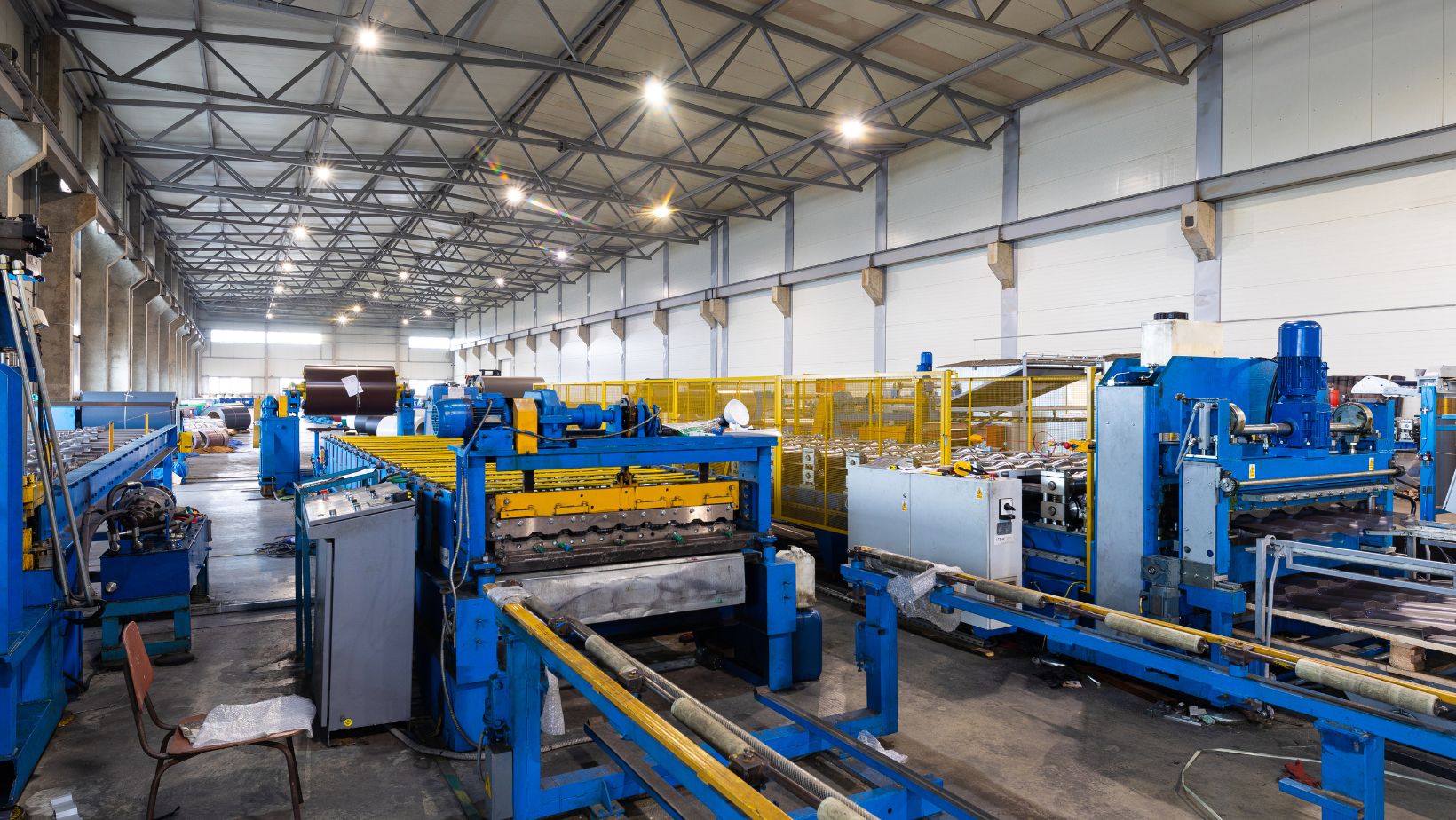
How Did New Technologies Influence Industrialization
As an expert blogger with years of experience, I have witnessed firsthand the transformative power of new technologies on industrialization. In this article, I will delve into the ways in which these advancements have shaped and influenced the industrial landscape. From the advent of the steam engine to the rise of automation and artificial intelligence, I’ll explore the profound impact that new technologies have had on productivity, efficiency, and the overall growth of industries.
Impact of New Technologies on Industrialization
The Advent of The Steam Engine
When it comes to the question of how new technologies have influenced industrialization, one cannot ignore the significant impact of the steam engine. In the early 18th century, the invention of the steam engine marked a turning point in industrial development. It revolutionized transportation, manufacturing, and even agriculture. The steam engine allowed for the efficient and rapid movement of goods, opening up new markets and enabling businesses to expand their operations like never before.
The industrial revolution, powered by the steam engine, saw the rise of factories and mass production. It paved the way for the mechanization of numerous industries, boosting productivity and transforming the entire economic landscape. The ability to harness the power of steam laid the foundation for the modern industrial era, setting the stage for further technological advancements and innovations.
The Role of The Textile Industry
Another industry that played a crucial role in the influence of new technologies on industrialization was the textile industry. In the 18th and 19th centuries, textile production underwent a significant transformation with the introduction of new technologies. The invention of the spinning jenny, power loom, and cotton gin revolutionized the way textiles were manufactured.
These advancements in textile machinery not only increased production efficiency but also spurred the demand for raw materials like cotton, driving the expansion of the agricultural sector. The textile industry became a catalyst for industrial growth, creating employment opportunities and fueling economic prosperity. Moreover, the innovations in the textile industry paved the way for further technological advancements in other sectors, setting the stage for future industrial revolutions.
The Impact of Electricity
While the steam engine played a pivotal role in the early stages of industrialization, the widespread adoption of electricity in the late 19th century further propelled industrial development. The discovery of electricity and the subsequent invention of practical electrical systems revolutionized industries such as manufacturing, transportation, and communication.
Electricity provided a reliable and efficient source of power, enabling the establishment of large-scale factories and the mass production of goods. It also facilitated the creation of new industries, such as electric lighting and appliances. The availability of electric power significantly increased productivity and transformed the way industries operated.

Changes in Production And Manufacturing
The Rise of Mass Production
One of the most significant ways in which new technologies have influenced industrialization is through the rise of mass production. This transformation was made possible by advancements in machinery and production processes. Mass production refers to the ability to produce large quantities of goods at a lower cost per unit. It revolutionized the manufacturing industry by increasing efficiency, reducing labor costs, and enabling the production of goods on a massive scale.
The Influence of Assembly Lines
Another key development in production and manufacturing that was shaped by new technologies is the advent of assembly lines. Assembly lines revolutionized the manufacturing process by breaking it down into smaller, specialized tasks performed by workers stationed along a continuously moving line. This method was made possible by new technologies such as conveyor belts and automated systems. Assembly lines drastically increased productivity, reduced production time, and made it possible to produce goods at a faster rate than ever before.
Automation And Robotics
In recent years, automation and robotics have played a crucial role in shaping production and manufacturing. Automation refers to the use of machines and technology to perform tasks that were previously done by humans. This technology has led to increased efficiency, reduced errors, and improved overall productivity in various industries. For example, automated machines can perform repetitive tasks with precision and speed, leading to higher output and lower costs.
Robotics, on the other hand, involves the use of robots and advanced machinery to perform complex tasks that require decision-making and problem-solving capabilities. These robots are equipped with sensors, artificial intelligence, and machine learning algorithms, allowing them to adapt to changing conditions and perform tasks with a high level of precision. Robotics technology has transformed industries such as automotive manufacturing, warehousing, and logistics.
Conclusion
The impact of new technologies on industrialization has been significant and far-reaching. The rise of mass production, driven by advancements in technology, has revolutionized industries and transformed the way goods are manufactured. The introduction of assembly lines has increased efficiency and allowed for the production of goods on a larger scale. Additionally, the integration of automation and robotics has further improved productivity and reduced labor costs.
Overall, new technologies have played a crucial role in driving economic growth and transforming industries. The advancements in production and manufacturing have not only increased productivity but have also created new job opportunities and stimulated innovation. As technology continues to evolve, it is expected that the impact on industrialization will only continue to grow, further shaping the future of industries and economies.










